DIY Minimalist Textured Canvas Art
Given the nature of my job, I spend a lot of time on the computer, which can be draining. Since the year started, I decided to take more time for myself and do things that nourish me in ways that the Internet can't. That probably counts as a new year's resolution. But the sudden drive to change came about through my sleep habits—or lack thereof.
So far, going to bed at 10pm instead of 2am is doing wonders for my general mood. Since getting better sleep, I've had more energy to work and find other creative outlets outside of work. And these days, I turn to art. I've always considered myself a pretty imaginative person, and I have this consistent urge to create. Sadly, my hands refuse to paint or draw well. But I do know my way around colours, shapes and textures. Turns out, putty is a beautiful medium for expressing myself on a canvas.
When considering texture, it appears that plaster is most people's go-to. But it's not so ideal. Yes, it's cheaper, but the material is just far too heavy to use on an ordinary canvas. The alternative? Modelling Paste from Liquitex. After experimenting with it for a little while, I realised how quick and easy this technique is, making it ideal for anyone looking to get into some DIY decor.
Choosing the Canvas
Personally, I don't wish to frame such paintings. But to present it beautifully, you'll need to find a heavy-duty gallery canvas. These are typically thicker and more durable. I went with the APOLLON GALLERY ARTIST 16X20 CANVAS. It was tempting to go for a bigger size, but I suppose it's wise to start small.
Getting the modelling paste
As mentioned, I wanted to avoid plaster at all costs. What I love about MODELLING PASTE is that you can mix ACRYLIC PAINTS into it to formulate various colours. I opted for a warm white, which was straightforward enough for a first-timer.
The palette knives
Get yourself some palette knives. I would suggest using no more than two different sizes. If you're new to this, the ones I recommend are the 2 1/2 X 1/2 INCH and the 3 3/4 X 1 1/2 INCH. I did my first painting with the smaller one, and the result was a winner.
Once you have the equipment, there's no need to think too hard about what you will create. It's a freefall. In terms of technique or prep, you can mix the Modelling Paste and acrylic paint on a WOODEN ARTISTIC PALETTE, applying it directly onto the canvas. There's no need for a brush since the palette knife is incredible for the desired look.






